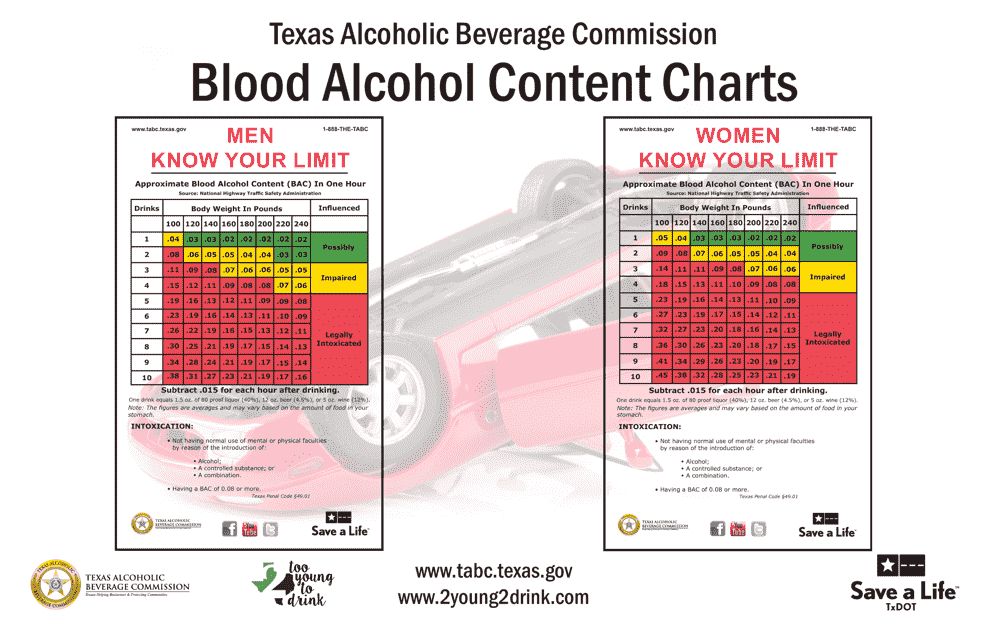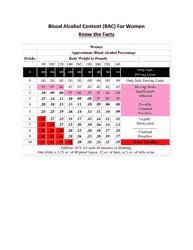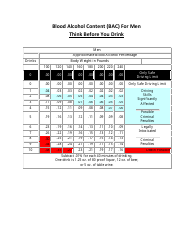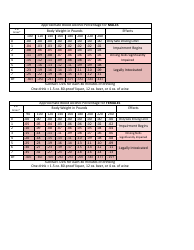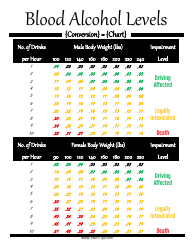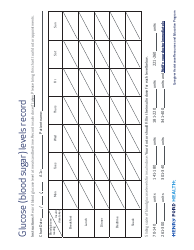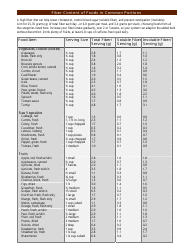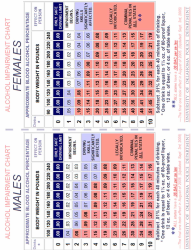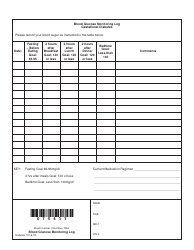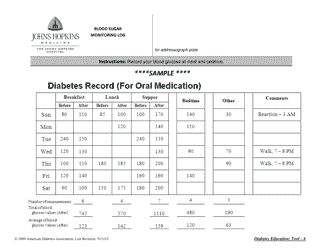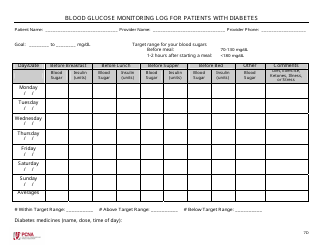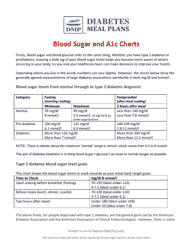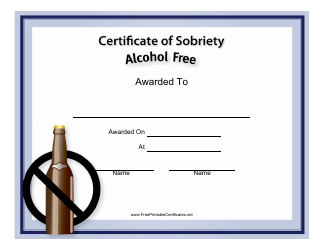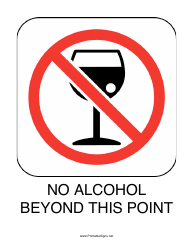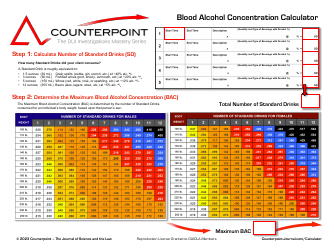Blood Alcohol Content Charts
Blood Alcohol Content (BAC) charts are used to estimate the level of alcohol in a person's bloodstream based on factors such as weight, gender, and the number of alcoholic drinks consumed. These charts help determine a person's level of intoxication and potential impairment.
The Blood Alcohol Content (BAC) charts are typically created and maintained by government agencies, such as the Department of Transportation or law enforcement agencies, to provide guidelines and information about blood alcohol levels.
FAQ
Q: What is a blood alcohol content (BAC) chart?
A: A BAC chart shows the estimated level of alcohol in a person's bloodstream based on their weight and the number of drinks consumed.
Q: How does a blood alcohol content chart work?
A: A BAC chart uses a person's weight and the number of standard drinks consumed to estimate the percentage of alcohol in their blood.
Q: Why is blood alcohol content important?
A: Blood alcohol content is important because it determines the level of impairment caused by alcohol and is used to enforce drunk driving laws.
Q: What is considered a legal blood alcohol content limit while driving?
A: The legal blood alcohol content limit while driving is typically 0.08% in most states.
Q: How long does it take for blood alcohol content to return to zero?
A: On average, it takes about one hour for the body to metabolize one standard drink and eliminate it from the bloodstream.
Q: Are blood alcohol content calculators accurate?
A: Blood alcohol content calculators can provide an estimated BAC level, but they may not be entirely accurate due to individual variations in metabolism and other factors.
